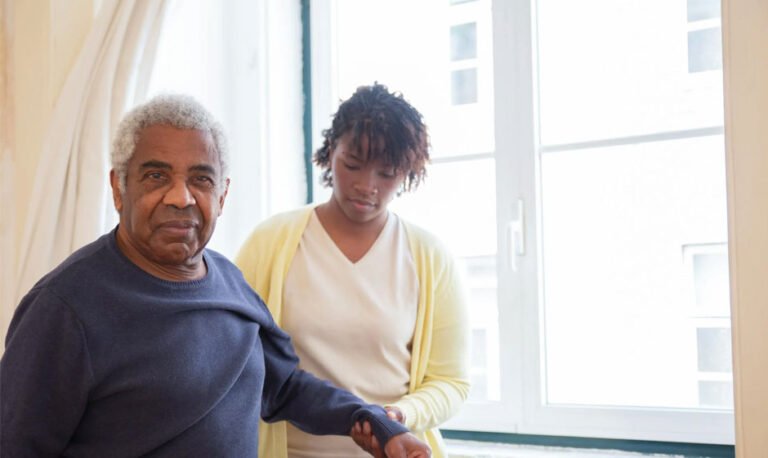The process of recovering from a stroke is complex and calls for thorough preparation and all-encompassing care. Understanding the essential elements of stroke recovery can greatly impact the success of recovery attempts, and one must stay informed on how to take care of themselves in such cases.
Here are five crucial aspects of stroke recovery to consider.
1. Medical Management
Appropriate medical management is the first step toward a successful stroke recovery. This entails routine medical monitoring and care from medical specialists to address any persistent problems resulting from the stroke. In order to control risk factors that are essential to preventing more strokes, such as high blood pressure, high cholesterol, and diabetes, prescription drugs may be recommended.
Patients’ health is continuously monitored through routine check-ups and follow-ups with primary care physicians, cardiologists, and neurologists. The creation of individualized recovery plans is another crucial function of rehabilitation physicians. Coordinated health care helps the patient’s condition stabilize and lays a solid basis for additional rehabilitation initiatives. Furthermore, lifestyle adjustments like eating better, exercising, and giving up smoking are frequently advised to improve general health and lower the chance of more strokes.
2. Physical Rehabilitation
The foundation of stroke healing is physical rehabilitation. This usually entails occupational treatment, speech therapy, and physical therapy programs, depending on the consequences of the stroke. Regaining strength, coordination, and mobility is the main goal of physical rehabilitation.
Occupational therapy assists patients in restoring their capability to carry out everyday activities like dressing, cooking, and using the bathroom. Any issues with understanding, speaking, writing, and reading are addressed with speech therapy. These treatments are customized based on the unique requirements and development of the patient.
To increase physical function, foster independence, and advance general well-being, treatment sessions must be frequent and regular. Including these therapies in a complete rehabilitation plan also guarantees that every facet of the patient’s recovery is taken care of, promoting a thorough strategy for improving their quality of life.
3. Psychological Support
Since stroke survivors frequently experience emotional difficulties like despair, anxiety, and personality or behavioral changes, psychological care is essential to the healing process after a stroke. Offering psychological support entails a range of interventions, such as therapy, support groups, and even inpatient mental health services. By providing techniques to manage stress, anxiety, and despair, mental health experts assist patients in adjusting to new circumstances and overcoming the emotional fallout from a stroke.
Psychological support also helps family members and caregivers better understand how to support the stroke survivor and take care of their own emotional needs. For stroke survivors and their families, a comprehensive strategy that incorporates mental health care can greatly improve quality of life by encouraging mental wellness in addition to physical healing.
4. Lifestyle Modifications
A key component of boosting overall recovery and preventing recurrent strokes is changing one’s lifestyle. This entails eating a balanced diet low in processed foods, sweets, salt, and saturated fats and high in fruits, vegetables, whole grains, and lean proteins. Regular exercise is crucial for improving cardiovascular health, managing weight, and reducing the risk of stroke.
Reducing alcohol consumption and quitting smoking are also essential for preventing strokes. In order to support emotional well-being and general health, lifestyle modifications also incorporate stress management practices. Stroke survivors can accelerate their recovery, lower their chance of having another one, and enhance their quality of life by accepting these changes.
5. Social Support and Community Resources
Community resources and social support are essential for stroke recovery. In addition to offering practical help with everyday tasks and emotional support, family, friends, and caregivers all contribute to the patient’s overall well-being. Furthermore, stroke survivors gain from networking with people going through comparable experiences in support groups and local organizations. These networks provide helpful information, support, and a feeling of unity.
Having access to home care services and rehabilitation clinics in the area helps the healing process even more by providing continued support and direction. Stroke survivors can improve their quality of life by navigating their recovery journey with confidence and resilience by making use of social support networks and community resources.
Conclusion
A comprehensive strategy that incorporates medical supervision, physical rehabilitation, psychological support, lifestyle adjustments, and social support is necessary for stroke recovery. Each component is essential to the overall healing process and improves the quality of life and health of stroke patients.


